From the Archives: Five Columbia Library Collections that Amplify Uptown Black History
Dive into the stories of globally celebrated trailblazers whose transformative work shaped Uptown history.
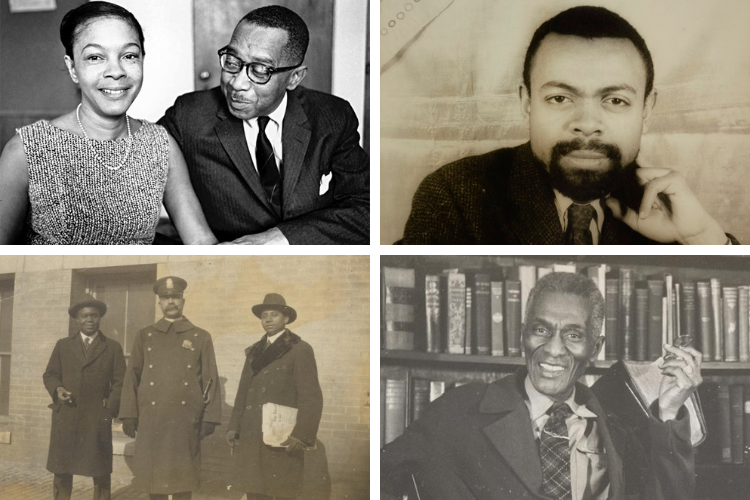
From era to era, renaissance to revolution, pivotal moments in Black history were defined by the voices and visions of influential leaders across social, political, and cultural spaces. Columbia University Libraries' expansive archival collections and exhibitions provide a unique glimpse into the life and times of globally celebrated trailblazers whose transformative work has shaped the local community's rich history.
While there are so many intriguing, informative, and inspiring collections to dive into, we've curated a list of five publically accessible digital collections that celebrate Uptown Black history. From artists who cultivated cultural institutions to activists on the frontlines for racial justice, let their stories and contributions uplift you.
Amiri Baraka: The Voice of a Generation
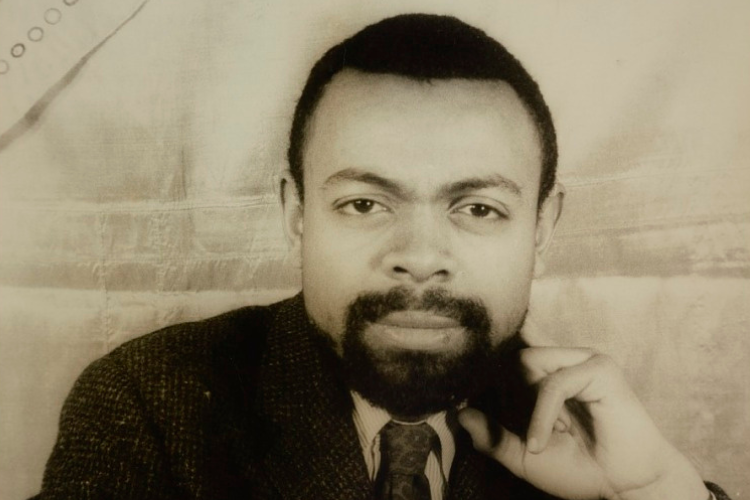
Amiri Baraka Papers and Audio-Visual Collection
Literary giant Amiri Baraka used his artistry as a vessel to illuminate the human condition of Black Americans; creatively capturing the plight and pitfalls amid societal and political climates that perpetuated oppression during the 1950s, 60s, and beyond. Whether it was a poignant piece of prose, a play script where racial tensions simmered in a New York City subway car, or an essay that chronicled the evolution and influence of Black creativity in the realm of music, his work married cultural reverence with forthright reflections of the state of society.
The Newark native, who studied philosophy and religion at Columbia, had a Harlem connection that ran deep. Furthering his mission to empower Black creatives to use art as a means of activism, Baraka, the visionary behind the Black Arts Movement, co-founded the Black Arts Repertory Theater in Harlem in 1965. The community-driven theater served as a safe space for creative expression Uptown, was the backdrop for many of his works, and would evolve into the archetype for other spaces that fostered artistic innovation across the country in cities like Detroit and Chicago. Among those who graced the theater were poet Sonia Sanchez, composer Sun Ra, and jazz saxophonist Albert Ayler.
Housed at Columbia University, the Amiri Baraka Papers and Audio-Visual Collection includes rare television and radio interviews, poetry readings, and audio recordings that offer a view into his remarkable creative process, vision, and unwavering commitment to community empowerment. Among the pieces included is a 1974 interview where Baraka shared his thoughts on the housing crisis in Newark and footage of social justice demonstrations in New York City. Baraka’s work embodied a stream of social consciousness that would influence generations of creatives to speak truth to power.
Arthur Mitchell: An Uptown Relevé Renaissance
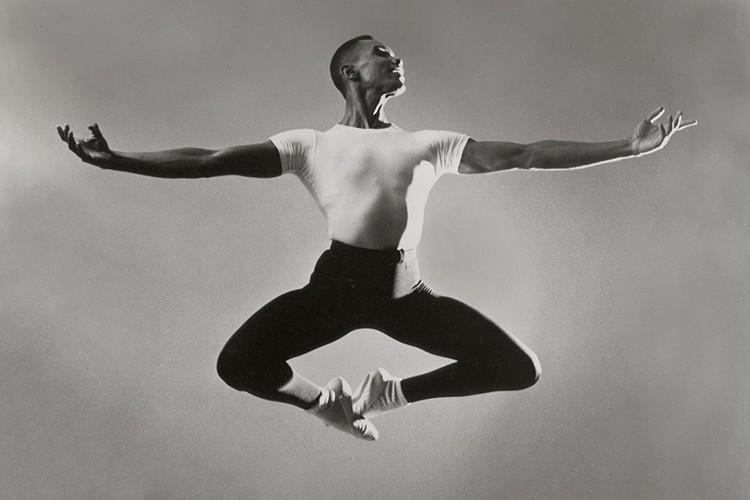
Arthur Mitchell: Harlem’s Ballet Trailblazer
Harlem native Arthur Mitchell was an artistic innovator who forever changed the landscape of dance. Mastering the art of movement through his performance and directorial work, Mitchell used creative expression as an avenue for cultural empowerment. The barrier-breaking choreographer, dancer, and director was the New York City Ballet’s first Black principal dancer in 1962. After navigating the hurdles of immense injustice, Mitchell set out on a mission to cultivate a space where Black dancers could feel a sense of liberation; a place where in the midst of marginalization they could be uplifted through the beauty of community.
Following the harrowing assassination of Dr. Martin Luther King, Jr., Mitchell co-founded the Dance Theatre of Harlem alongside Karel Shook as a love letter to the raw talent that existed in and defined the neighborhood he called home. Mitchell envisioned creating a space where Black dancers could turn to the arts to heal during a time of societal turmoil and also wanted to ensure arts education programs were accessible Uptown. What started locally grew into a global movement that rose to international acclaim and nurtured generations of dancers.
Columbia University Library’s Arthur Mitchell: Harlem’s Ballet Trailblazer collection exemplifies the vibrancy of his moving work by piecing together rare videos that delve into his upbringing and reverence for Harlem, vintage images that capture the essence of his artistic journey, programs and playbills from his definitive projects, and more. The collection is a true celebration of a once-in-a-generation talent with Uptown roots and a global vision.
The Clarks: A Lasting Legacy of Love and Community Impact
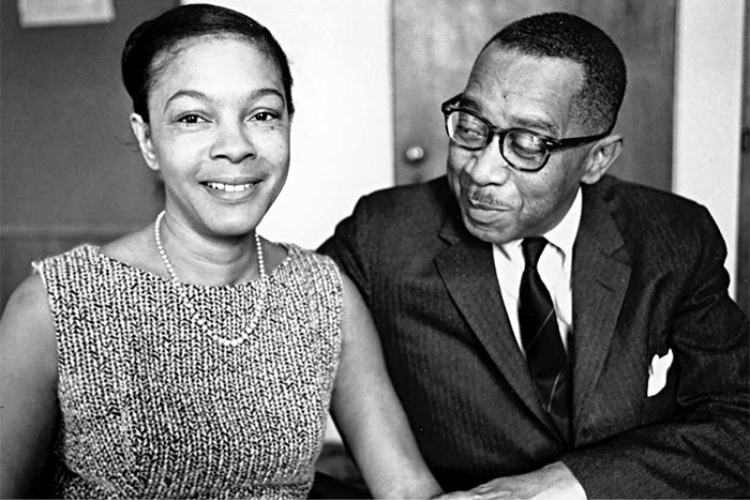
Notable New Yorkers: Mamie Phipps Clark & Kenneth Clark
Married Harlem-based couple Mamie Phipps Clark and Kenneth Clark were champions for racial health equity who are unsung pillars in the fight for civil rights. Both were trailblazers in their own right, with Kenneth becoming the first African American to earn a doctorate in psychology at Columbia University in 1940 and Mamie being the first African American woman to earn a Ph.D. in psychology at the University in 1943.
The duo—whose love story blossomed at Howard University—founded the Northside Center for Child Development in Harlem in 1946. The Clarks led work that explored the psychological impact racism had on childhood development and their groundbreaking research would later be cited in the unprecedented 1954 Brown v. Board of Education decision. Their center was the first to provide therapy for Harlem youth. In an effort to eradicate the socio-economic factors that contributed to mental health obstacles, the center extended its services to provide financial and housing support for local families.
Columbia University Library’s Notable New Yorkers collection dives into their grassroots efforts to empower communities by making mental health programs accessible, and paints a picture of their personal lives through images and interviews. The Northside Center for Child Development still stands in Harlem today and continues to be a neighborhood pillar; a true testament to the couple’s lasting legacy of impact.
Hubert H. Harrison: Harlem's Street Corner Orator for Social Justice
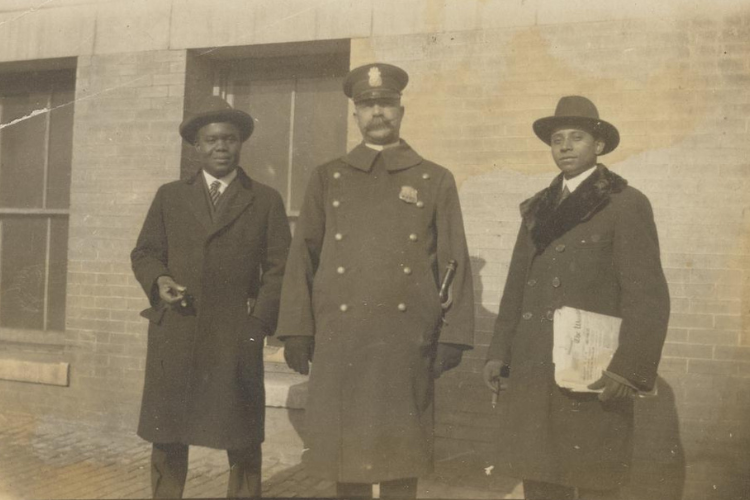
Every revolutionary era is defined by activists who unabashedly elevate their voices for change, and in the early 1900s, soapbox orator and writer Hubert H. Harrison’s rang throughout the streets of Harlem. The activist, who hailed from the West Indies and spent his definitive years in Harlem, founded the publication The Voice: A Newspaper for the New Negro, which encompassed perspectives on classism, racism, and the condemnation of white supremacy; societal issues he also boldly addressed through his speeches.
Harrison used his work as a means to inspire and encourage the Black community to embrace a sense of self-empowerment and efficacy. Harrison’s work influenced a wave of activists and thought leaders like A. Philip Randolph and Marcus Garvey. He later served as the principal editor of Garvey’s publication Negro World.
Harrison—who founded the Liberty League and International Colored Unity League—was instrumental in the development of the 135th Street Public Library as a hub for Black intellectualism. From newspaper clippings to rare letters and photos, The Hubert H. Harrison Papers Collection illustrates how ingrained Harrison was in the Harlem community.
Alexander Gumby: The Uptown Archivist
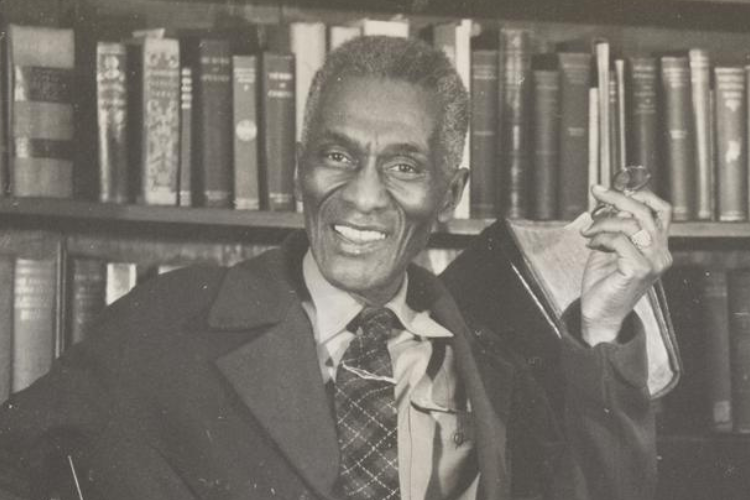
The Unwritten History: Alexander Gumby's African America
Historian and archivist Alexander Gumby’s passion for collecting stories that chronicled Black life exemplifies the power of preservation. He curated an expansive collection of narratives that shed light on African American history throughout the 19th and 20th centuries.
Gumby, an openly gay man, was a fixture in Harlem and operated the Gumby Book Studio, which served as a space for him to collect his historical scrapbooks—filled to the brim with artwork, rare images, transcripts, and other keepsakes that documented everything from harrowing accounts of slavery to the work of Black historymakers of his era—and was also a gathering space for luminaries of the Harlem Renaissance like Countee Cullen and Langston Hughes. Gumby’s work was, and still is, critical as it gives a lens into Black oppression, perseverance, and achievement through lesser-known moments often enshrouded and left out of history books.
"The Unwritten History": Alexander Gumby's African America is a digital exhibition with scrapbooks from the Alexander Gumby Collection of Negroiana that highlights his past, the people whom he crossed paths with during the Harlem Renaissance, and the cultural relics embedded throughout his body of curatorial work.